jcdeboever
Been spending a lot of time on here!
- Joined
- Sep 5, 2015
- Messages
- 19,868
- Reaction score
- 16,081
- Location
- Michigan
- Can others edit my Photos
- Photos OK to edit
Goals; capture atmosphere and essence. Overall impression. Pull one single or simple detail and try to make it interesting. Walk around building and carefully observe the building. Research building prior to capturing and photos to gain a greater understanding to aid in your compositions.
Nikon FM, 35 -70 f/3.5 ais w/ yellow filter. Ilford HP5+, Isofol3 and rapid fixer. Canon 8800F scanner.
What I learned; These are not great... All the research and pre-walk really helped me slow down and hit all my goals. My meter needs to be checked to rule that out because everything was pretty dark and the shadows lacked detail. I don't think the yellow Nikon filter helped me on this overcast cold, wet day. Just getting to really start using film and journal my projects so I can get better images in future. Unfortunately, I left my pocket notepad on kitchen counter and dog chewed it up. I remember most things but aperture and shutter speeds are not. I do know that I was close to middle on with every shot, if not just slightly above so I really need to verify this before next project (street).
Pic 1 thru 4 are of the Fort Street Presbyterian Church, Detroit MI. Built in 1855, and completely rebuilt in 1876. Gothic Revival architecture. The Fort Street Presbyterian Church exemplifies an important step in the rise of "revivalist" architecture in 19th-century America. they had something going on inside so I have to go back, and it looked cool inside.
Pic 5 is a detail of the Greater Penobscot Building, commonly known as the Penobscot Building, is a Class-A office tower in Downtown Detroit, Michigan. The 1928 Art Deco building is located in the heart of the Detroit Financial District.
Pic 6 is the iconic, Uniroyal Giant Tire. It was created by the Uniroyal Tire Company for the 1964 New York World's Fair, where it functioned as a Ferris wheel. 86ft. tall, 12 short tons, It is not made of rubber, but of a Uniroyal-developed polyester resin reinforced with glass fiber, which makes it flame resistant.
1. Steeple, looking up.

2. Looking up at entrance

3. Looking up tower two.

4. Detail of brick

5. Detail - west end of building, looking up at overhang with fog.

6. Giant Uniroyal Tire. I drove back there, got stopped and questioned (private property, clear signage) after I took this but he didn't see me take it. I said my GPS led me here and said I was trying to find....
Nikon FM, 35 -70 f/3.5 ais w/ yellow filter. Ilford HP5+, Isofol3 and rapid fixer. Canon 8800F scanner.
What I learned; These are not great... All the research and pre-walk really helped me slow down and hit all my goals. My meter needs to be checked to rule that out because everything was pretty dark and the shadows lacked detail. I don't think the yellow Nikon filter helped me on this overcast cold, wet day. Just getting to really start using film and journal my projects so I can get better images in future. Unfortunately, I left my pocket notepad on kitchen counter and dog chewed it up. I remember most things but aperture and shutter speeds are not. I do know that I was close to middle on with every shot, if not just slightly above so I really need to verify this before next project (street).
Pic 1 thru 4 are of the Fort Street Presbyterian Church, Detroit MI. Built in 1855, and completely rebuilt in 1876. Gothic Revival architecture. The Fort Street Presbyterian Church exemplifies an important step in the rise of "revivalist" architecture in 19th-century America. they had something going on inside so I have to go back, and it looked cool inside.
Pic 5 is a detail of the Greater Penobscot Building, commonly known as the Penobscot Building, is a Class-A office tower in Downtown Detroit, Michigan. The 1928 Art Deco building is located in the heart of the Detroit Financial District.
Pic 6 is the iconic, Uniroyal Giant Tire. It was created by the Uniroyal Tire Company for the 1964 New York World's Fair, where it functioned as a Ferris wheel. 86ft. tall, 12 short tons, It is not made of rubber, but of a Uniroyal-developed polyester resin reinforced with glass fiber, which makes it flame resistant.
1. Steeple, looking up.
2. Looking up at entrance
3. Looking up tower two.
4. Detail of brick
5. Detail - west end of building, looking up at overhang with fog.
6. Giant Uniroyal Tire. I drove back there, got stopped and questioned (private property, clear signage) after I took this but he didn't see me take it. I said my GPS led me here and said I was trying to find....


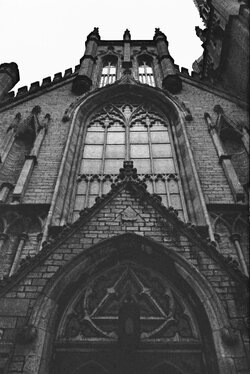
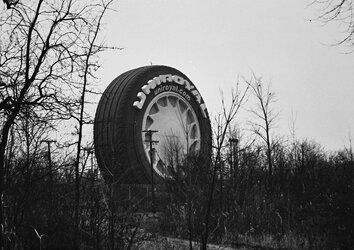
![[No title]](/data/xfmg/thumbnail/39/39293-55a527d2a9b287bf5e5b6d118abab22c.jpg?1619738958)
![[No title]](/data/xfmg/thumbnail/32/32708-c55da623febe9d91efe5f28aa54c3090.jpg?1619735612)
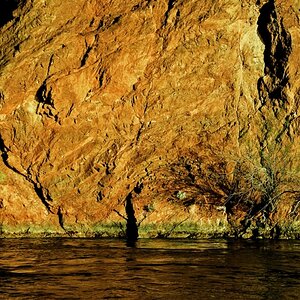
![[No title]](/data/xfmg/thumbnail/32/32707-3c49d54a87afb53e65c60391858400be.jpg?1619735611)
![[No title]](/data/xfmg/thumbnail/33/33449-978bff23ad40c63da778b7e59d54f546.jpg?1619735974)
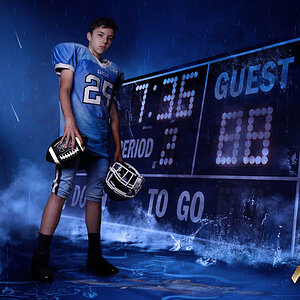
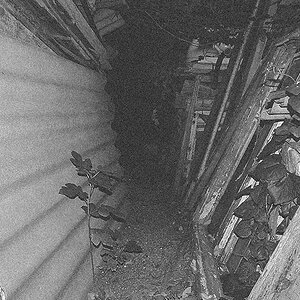
![[No title]](/data/xfmg/thumbnail/32/32706-50b778fbc110c8ea4472547d54c6a923.jpg?1619735610)
![[No title]](/data/xfmg/thumbnail/42/42351-b976e32171d0405397bf5237bc4b902e.jpg?1619740148)
![[No title]](/data/xfmg/thumbnail/39/39292-4169a355b794ae9735845c4ad45d06ff.jpg?1619738958)

